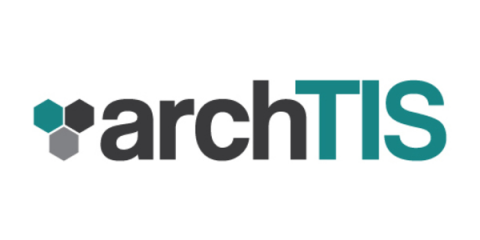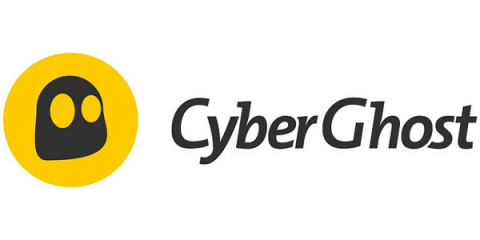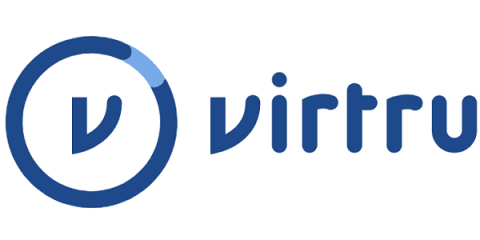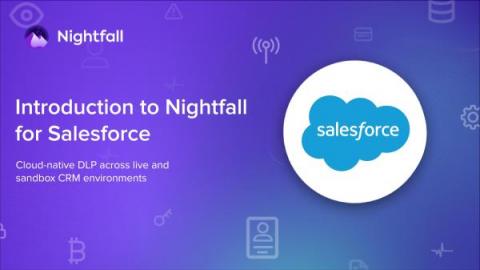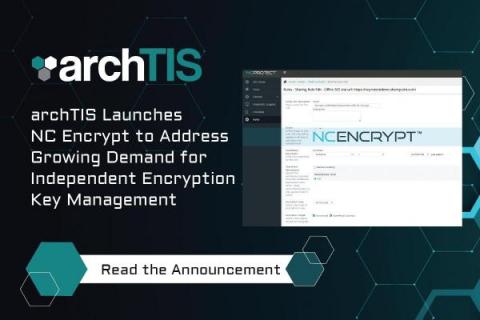Security | Threat Detection | Cyberattacks | DevSecOps | Compliance
Data Security
The latest News and Information on Data Security including privacy, protection, and encryption.
The Importance of Email DLP for Remote Organizations
Email is a popular channel for hackers: phishing attacks and malware usually originate from email. In 2022, Verizon found that 82% of breaches involved the human element: phishing emails and ransomware delivered via email continue to plague organizations of all sizes. For an organization with 1–250 employees, roughly one in 323 emails will be malicious, according to Comparitech.
How To Create A Cloud Security Policy [+ FREE Template]
By one estimate, 60% of all corporate data is stored in the cloud. Businesses rely on cloud platforms like Slack, Google Drive, GitHub and Confluence to store data, share information, and run smoothly. Unfortunately, hosting all this information in one place provides an appealing target for hackers. Cloud programs are often vulnerable to data hacks, leaks, and insider threats.
CyberGhost Boosts Transparency with No Logs Policy Audit
How Does Data Visibility Help With Data Loss Prevention?
Data loss prevention starts with data visibility. Without a clear idea of what data an organization has, where it lives, and how it’s used, data loss prevention (DLP) is essentially an exercise in futility. While the concept of data visibility may seem straightforward, in practice, it’s a challenge. The rise of remote work has led to a proliferation of devices and programs that prevent an IT team from getting a clear picture of where data lives.
Virtru data protection solutions approved for G-Cloud 13 Framework
What Is Cloud DLP And Why Do You Need It For Remote Work?
Remote work is not going away. Depending on who you ask, experts believe 35% – 65% of the US workforce will continue to work remotely, permanently. Remote work was a trend that began well before the pandemic and will continue to be the preferred way to work for companies and employees alike. However, many companies were unprepared for the speed at which remote work became the preferred office structure. The pandemic forced businesses to adopt new tools and processes virtually overnight.
What Are Privacy-Enhancing Technologies (PETs)? A Comprehensive Guide
Modern enterprises will have to work with customer data in one way or another. The COVID-19 pandemic proved that the only businesses that would survive the future were those willing to embrace technology. While technologies such as the Internet of Things, and artificial intelligence have undeniable benefits, they have also presented complications. Managing your customers’ or site visitors’ data is a lot like having intimate access to their homes.
Now Available: Nightfall Expands Data Security and Compliance for Salesforce Customers
By design, Salesforce is an environment where customer PII and other sensitive information must be shared and stored. However, compliance regulations like PCI DSS, HIPAA, GDPR, CCPA, and others limit this storage and usage of customer data to only what’s justifiably required for an organization to carry out its duties. Even then, there are requirements for how this data should be stored – like whether it should be encrypted, for example.


